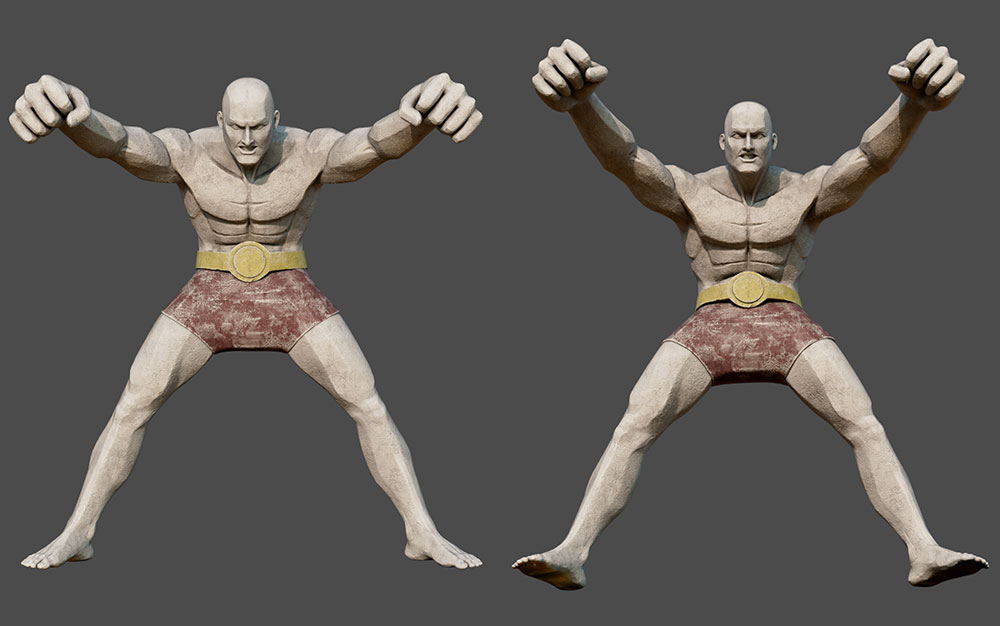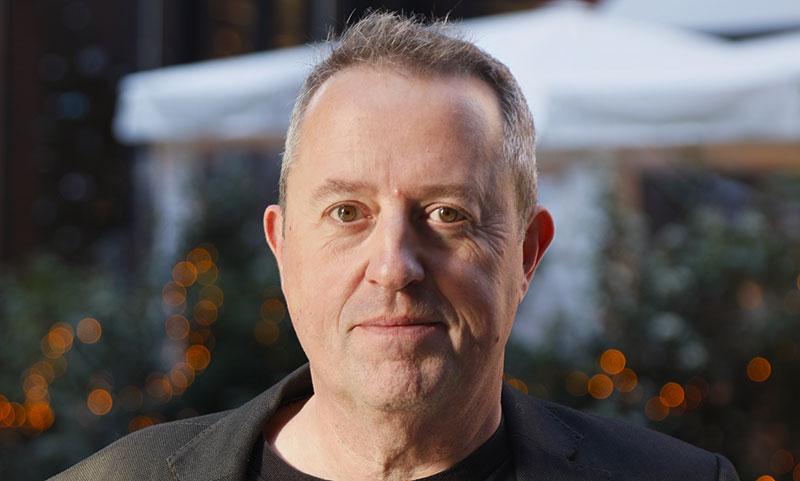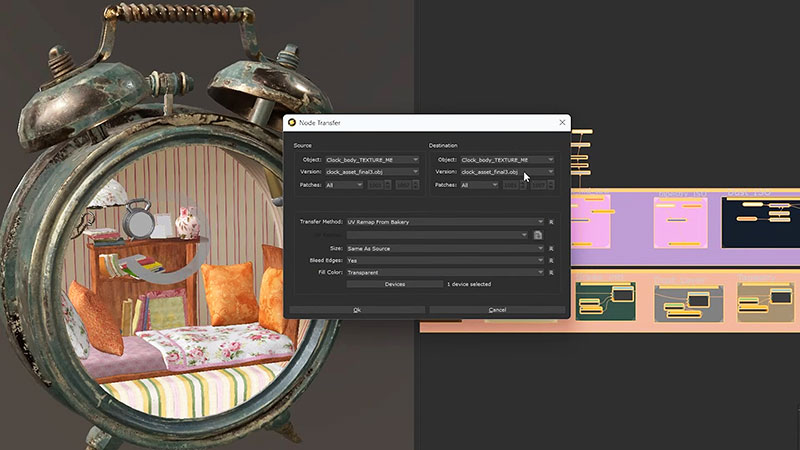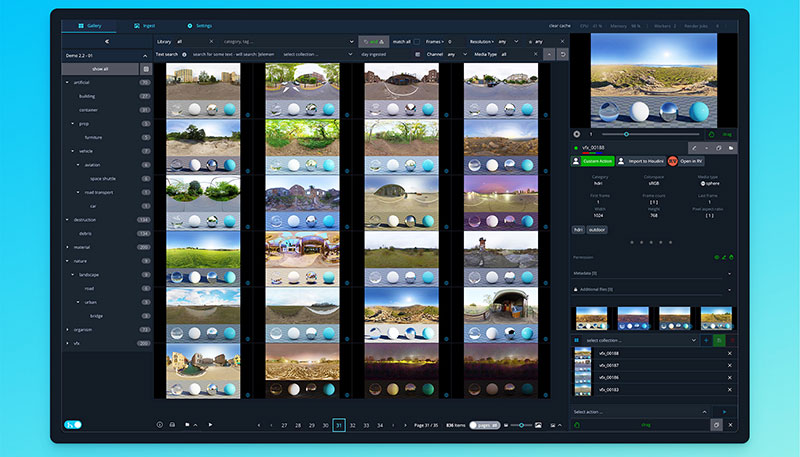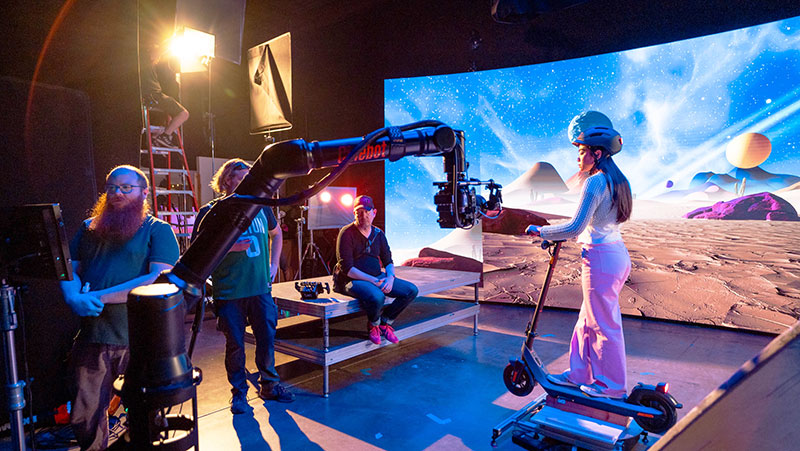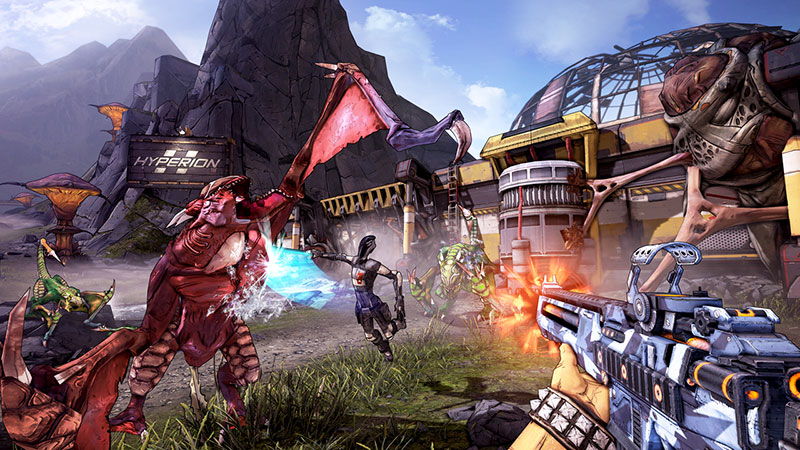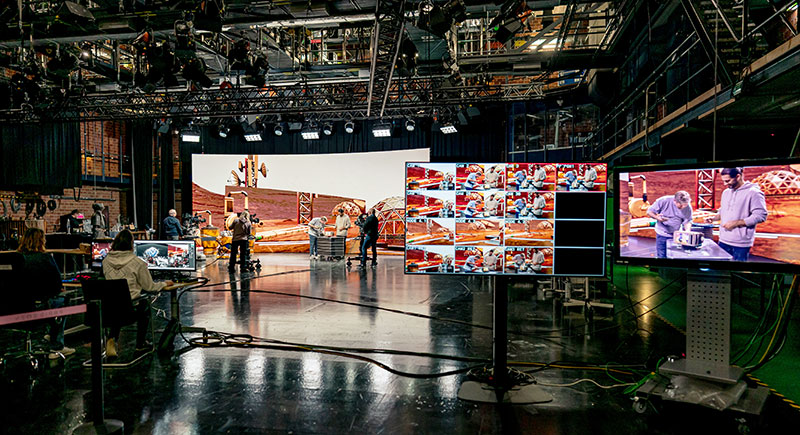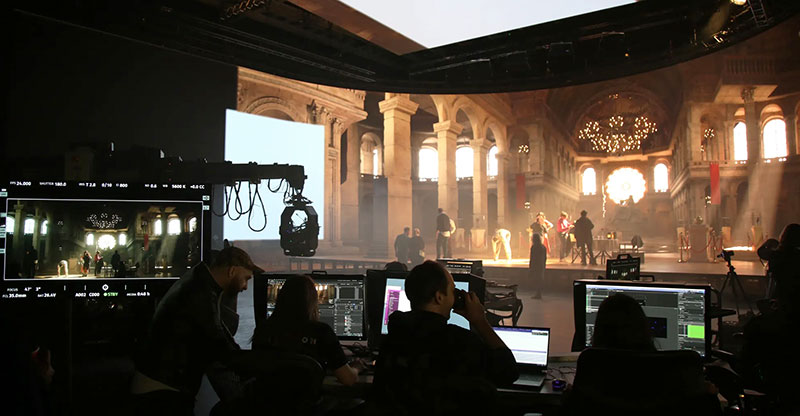VFX Supervisor Morgan McDermott at Impossible Objects talks about making their immersive film for UFC’s debut at the Sphere, combining heros and symbols of Mexican independence with UFC legends.
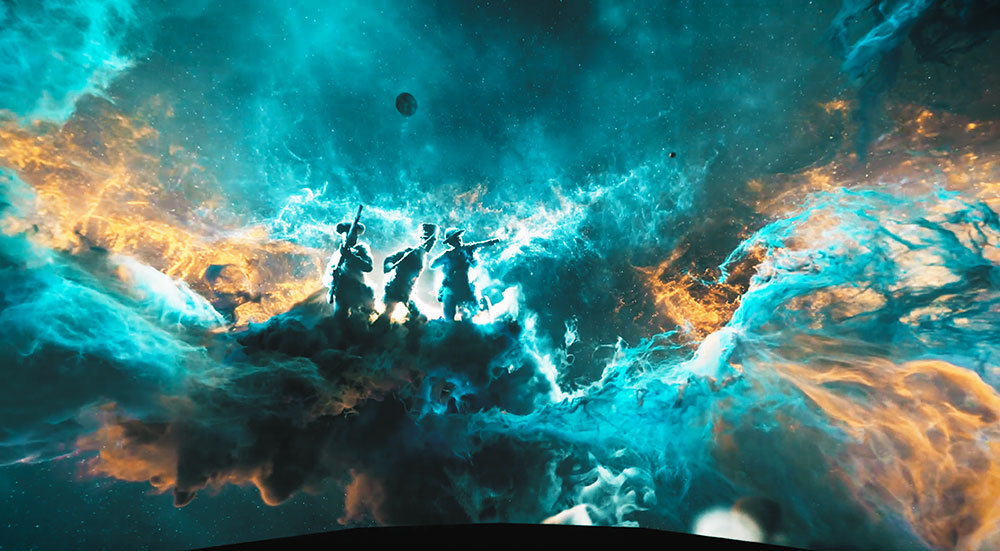
Impossible Objects, a creative studio with a speciality in world building, worked with Sphere Las Vegas to help launch the venue's first sporting event, Riyadh Season Noche UFC. The team created a 90-second opening video celebrating the cultural heritage of combat sports in Mexico, co-directed by Impossible Objects’ co-founder Joe Sill and director Brian Tang.
The Ultimate Fighting Championship (UFC) is recognised for mixing sport and spectacle for their fans, and on this occasion, moving their famous Octagon competition mat into the Sphere generated extra excitement.
The UFC commissioned director and producer Carlos Lopez Estrada and production company Nexus Studios to oversee six interstitial segments, all themed on Mexican culture, to play between matches on the massive 160,000 sqft curved LED screen inside the sphere. Impossible Objects contributed to the program alongside director Saad Moosajee, Factory Fifteen, Basa Animation Studios, Shynola, and Paul Trillo.
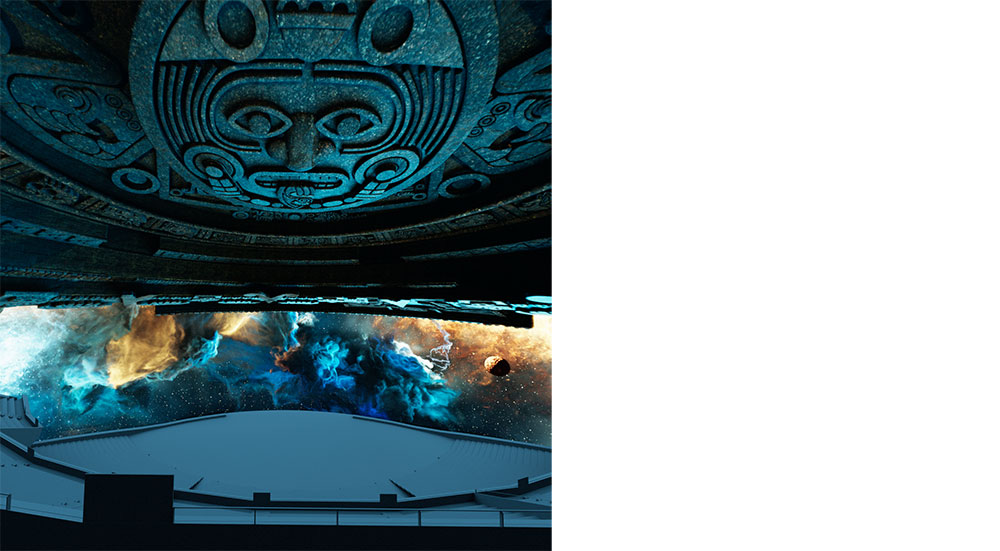
In Impossible Objects’ short film, which introduces the event, figures and symbols of Mexican independence combine with well-known UFC legends, merging together across intergalactic space. Images take shape, emerging as statues created from galactic dust and populating a surreal landscape. Aztec soldiers and UFC athletes converge and form an intricate design that celebrates the heritage of mixed martial arts.
A Creative and Technical Challenge
The team completed the project in just four months with a pipeline that included Autodesk Maya, SideFX Houdini and The Foundry's Nuke for production, plus Unreal Engine for previsualisation.
Impossible Objects VFX Supervisor Morgan McDermott said, “The post production VFX on our UFC Sphere spot was a great creative challenge for our team, and while the work was fairly straightforward from a tools and pipeline perspective, there were a few notable exceptions.
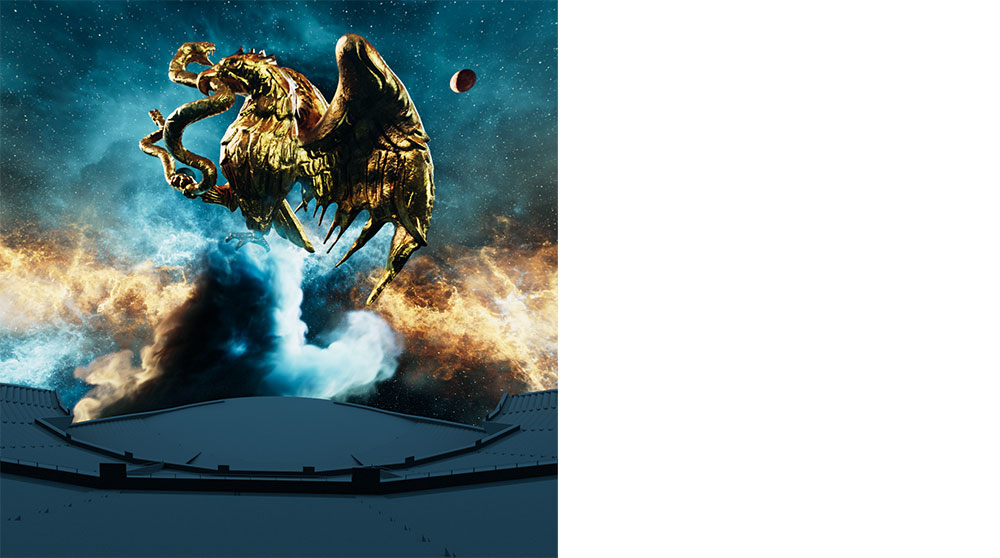
“First, we had to make the most of the short project schedule. We used our experience with Unreal Engine to produce high quality previs, increasing our efficiency. We iterated quickly through initial client notes, set the overall pacing and defined the composition. This preliminary Unreal work landed us in a place where we could confidently jump into our traditional 3D software, Maya and Houdini.
Second, above all else, this project was technically daunting and exciting. Rarely do you get to produce VFX content for a new medium, and with that came a lot of unknown factors. The Sphere’s team provided us with a 3D model of the interior and the screen within the actual Sphere building, which allowed us to place our renders on the screen for internal testing.”
Although they could do this easily enough in Maya, reviewing the assets in a VR headset was much more helpful because the artists could literally experience their content from different seats in The Sphere.
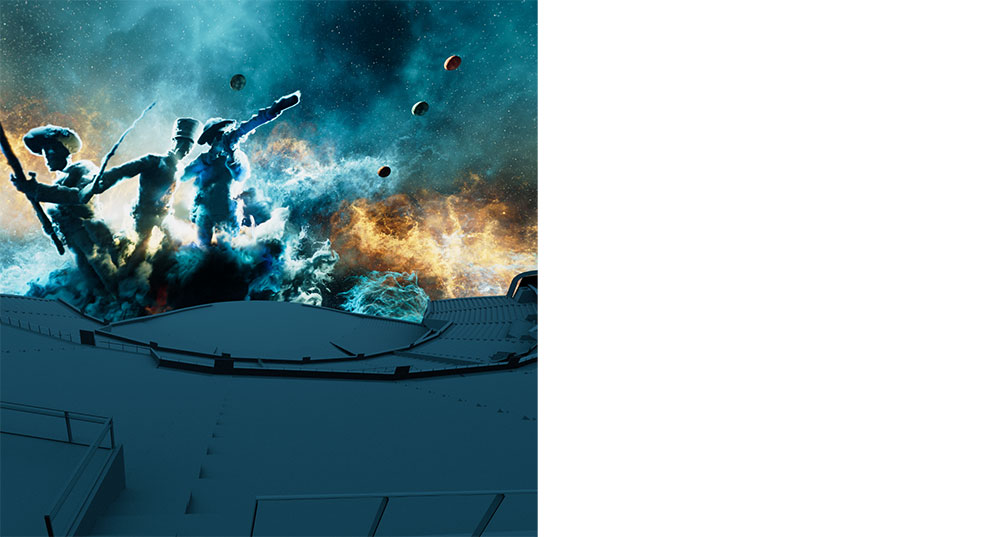
Spherical Camera
The final render format was achieved with Redshift's 180 degree spherical camera. “While that's not unusual, what made it unique was that sections of the render would ultimately need to be 'cut-out' in compositing to account for areas of the screen occluded by seats and the structure of the sphere itself,” said Morgan.
“Extra care was given to the amount of camera movement, as well as the positioning of objects, within the renders to avoid making the audience feel dizzy and to keep our hero elements from distorting too much around the edges of The Sphere's screen.”
For the Impossible Objects team, the project has been a singular opportunity to merge Mexico's culture, UFC's history and their own love of world building into one experience. Morgan said, "Seeing our work play out inside the epic Sphere canvas is a fantastic view into what the future of storytelling may hold. We are thrilled to be a part of it." www.impossible-objects.co
